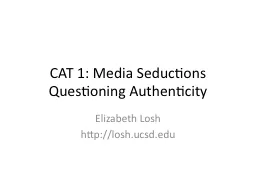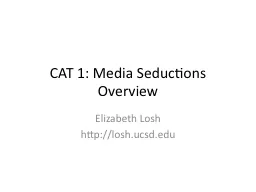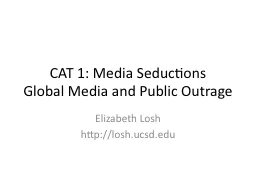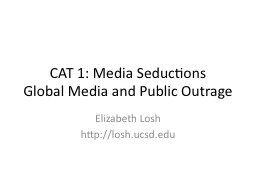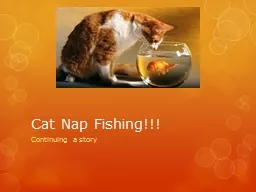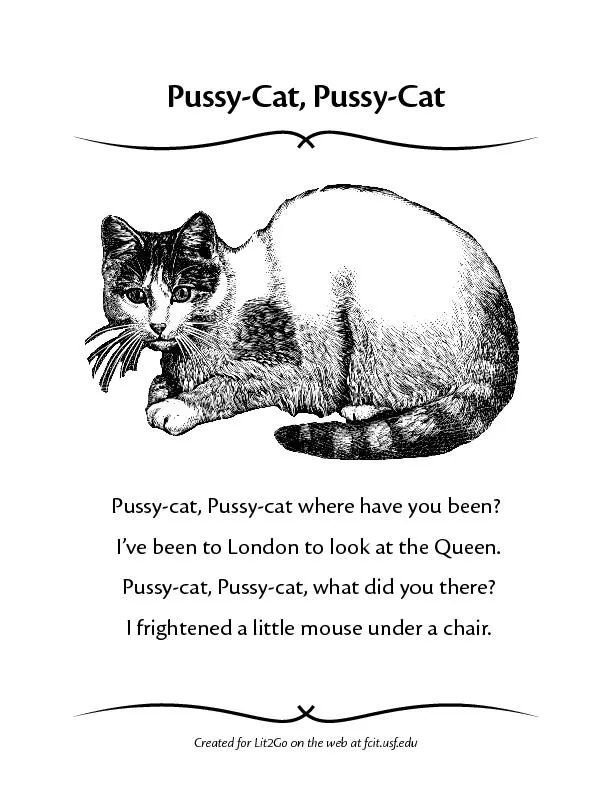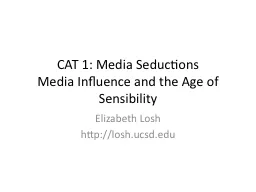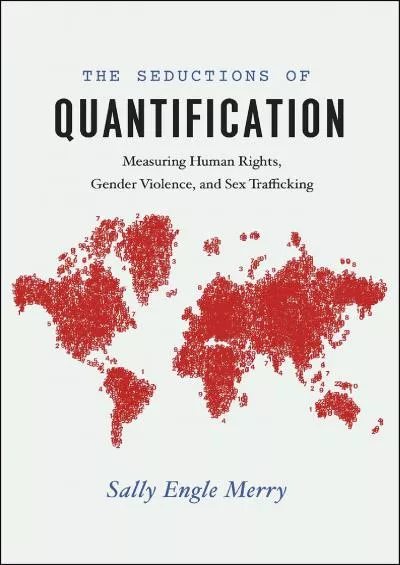PPT-CAT 1: Media Seductions
Author : conchita-marotz | Published Date : 2016-07-10
Questioning Authenticity Elizabeth Losh http loshucsdedu Media Seductions and Election Day How do narratives like the one in Uncle Toms Cabin make appeals differently
Presentation Embed Code
Download Presentation
Download Presentation The PPT/PDF document "CAT 1: Media Seductions" is the property of its rightful owner. Permission is granted to download and print the materials on this website for personal, non-commercial use only, and to display it on your personal computer provided you do not modify the materials and that you retain all copyright notices contained in the materials. By downloading content from our website, you accept the terms of this agreement.
CAT 1: Media Seductions: Transcript
Download Rules Of Document
"CAT 1: Media Seductions"The content belongs to its owner. You may download and print it for personal use, without modification, and keep all copyright notices. By downloading, you agree to these terms.
Related Documents

